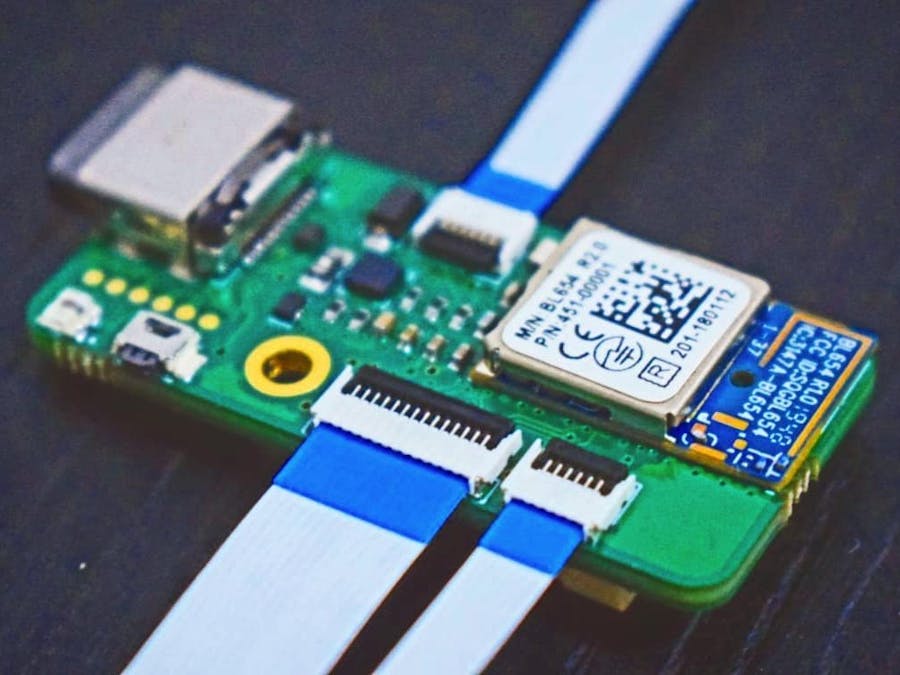During the COVID-19 pandemic, the number of hospitalized patients, including ICU critical ones and at home confined, is expected to have a surge increase in quantities. Traditionally, expensive monitors that run proprietary software and communication protocols are installed in ICUs, while medical floors and ambulatory patients are checked by preventive rounds, usually by a nursing team in close contact. This workflow might turn out to be insufficient in a highly contagious pandemic. For example, the precious ICU equipment is reserved only for the most critical cases, leaving the rest of patients with the uncertainty of not knowing their health signals or keeping doctors uninformed on which cases are deteriorating more rapidly than others. Doctors and nurses are required to enter the patient's room to switch off alarms and check progress, which implies the risk of being in contact with the virulent pathogen and get infected. The current project provides an innovative way to assess vital signs and handle thousands of patients linked to an AI-enabled IoT platform for difficult times like we're living today, where physicians and nurses are ready to use whatever resource they have at their disposal to treat all patients in hospital or at home.
In this project, we use wearable medical sensors that are small, low-cost, and connect over Bluetooth 5 to a gateway (phone, tablet, or a headless server). The monitor has seven sensors in one wearable device: ECG, SpO2, Temperature, Heart Rate, Respiration Rate, accelerometer (activity and fall detection), estimated Blood Pressure, and lung microphones to listen to pulmonary sounds and coughing. Coupled with remote-live, secure transmission via the cloud and edge computing-based AI inference, and the platform helps detect and manage worsening conditions of COVID patients.
Specifications:- 1 channel electrocardiography (ECG, also known as EKG) compatible with snap-type electrodes.
- Respiration Rate (RR) measurement.
- Photoplethysmography (PPG) and Oxygen Saturation (SpO2%) monitoring.
- Temperature measure.
- Activity and Fall detection.
- Cough counting.
- Systolic and Diastolic Blood Pressure Estimation (by firmware).
- Rechargeable battery connector.
- ADS1292R for ECG and Respiration.
- MAX30102 for PPG and SpO2.
- TMP117 for ±0.1°C accurate temperature.
- IIS2DLPC 3-axis accelerometer for activity and fall detection.
- Dual ICS-43434 MEMS microphones.
The monitor consists of the main board containing the BLE module, accelerometer, and USB-C connector and an external ECG board that hosts the ECG analog front end connected to electrodes and microphones. The temperature and oximeter sensors have their own mini PCB, and all are connected via flex cables. The modularity allows for different configurations depending on the sensor location on the patient's body and offers flexibility when designing an enclosure for the device.
The firmware template is written in C++ and is based on the nRF5 SDK version 17.0.0_9d13099. SWD pads are exposed to use with J-Link compatible debug probes.
The user app serves as a companion to the monitor. It connects to the device over Bluetooth 5 and shows a live view of the vital signals, equipment, and patient parameters. The app may integrate a deep-learning module such as a pre-trained model for pattern classification into multiple conditions of interest, and connect to the hospital backend for a centralized dashboard or general view of patients being managed.















Comments
Please log in or sign up to comment.